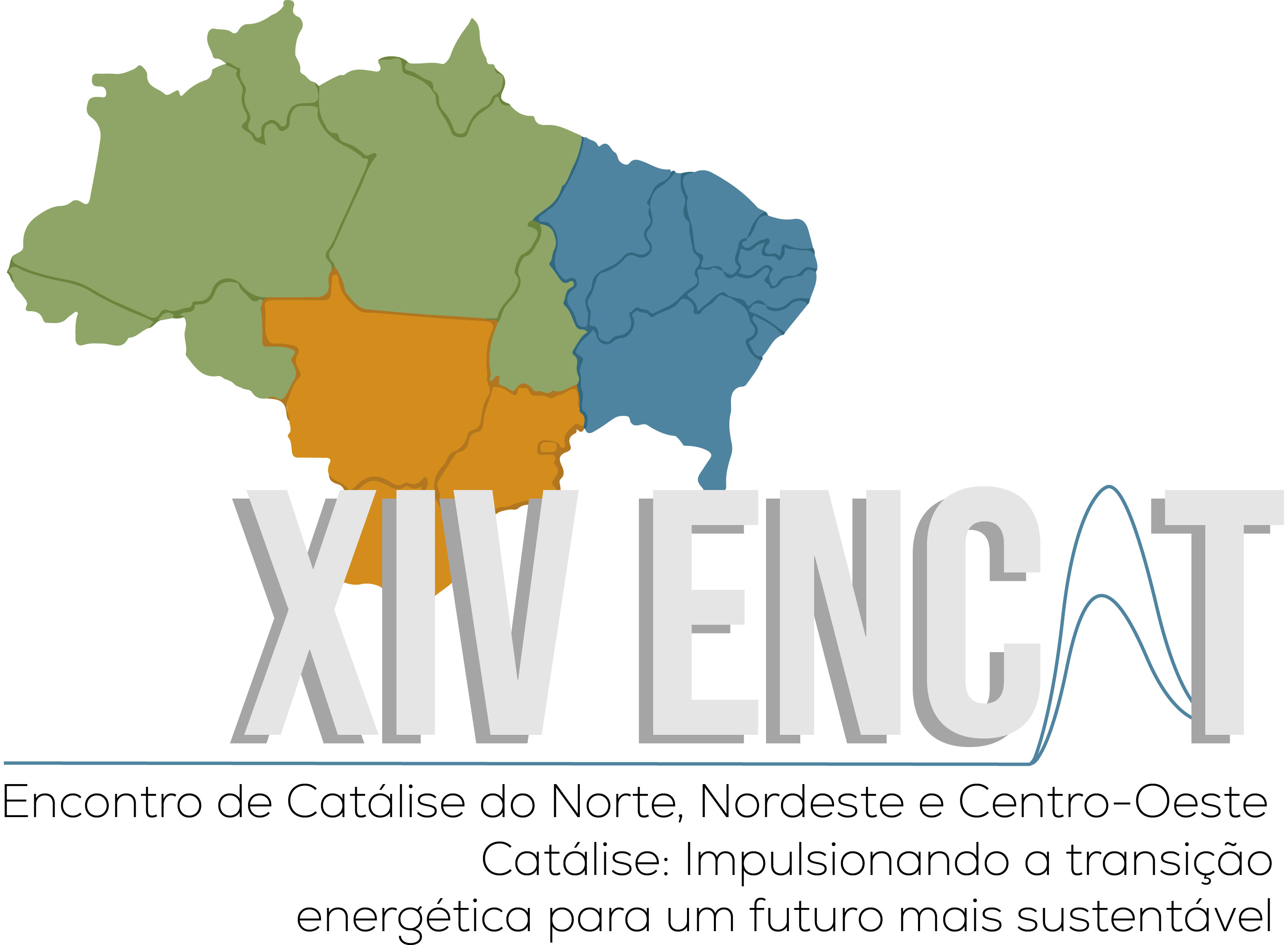Influence of HNO3 incorporation and reaction time on the solvothermal synthesis of Co-BDC MOF catalysts
Palavras-chave:
MOFs, Co-BDC, porous catalysts, solvothermal synthesisResumo
Metal-organic frameworks (MOFs) consist of porous coordination polymers formed by organic ligands and metal clusters. Due to their high surface area—facilitating substrate contact with the catalytic active sites—the large, tunable pore volume, the ease of functionalization and incorporation of catalytic active sites, and low density, MOFs have numerous potential applications in catalysis. However, the stability of these materials remains a critical issue in catalytic applications [1, 2, 4]. In this study, we evaluated the solvothermal synthesis and characterization of Co-BDC metal-organic frameworks, examining the effects of reaction time and the use of nitric acid (HNO₃) during synthesis and how these parameters influenced the morphology of the samples. Co-BDC was synthesized using a simple solvothermal method (adapted from 1). The samples were designated as B1 - without acid/24h; B2 - with acid/24h; B3 - without acid/12h; B4 - with acid/12h. The chemical composition and crystalline structure were determined using X-ray diffraction (XRD), Fourier-transform infrared spectroscopy (FT-IR) and Raman spectroscopy. Textural and morphological characteristics were analyzed using field emission scanning electron microscopy (FE-SEM). Raman spectra identified a vibration band corresponding to the Co–O bond at 440 cm⁻¹, confirming the presence of organic structures in the Co-MOF synthesis. FT-IR characterization showed that complete deprotonation of 1,4-H2BDC occurred only in sample B4, as evidenced by the disappearance of the non-ionized carboxyl group band (νC=O, 1684 cm⁻¹). In the other samples, this band exhibited a significant reduction in intensity. Additionally, new bands emerged between 1576 and 1423 cm⁻¹, attributed to the asymmetric and symmetric stretching vibrations of carboxylate groups, indicating successful coordination of Co²⁺ ions with the ligand [3]. Electron micrographs revealed that the addition of acid significantly influenced sample morphology, particularly in B2 compared to B1, both synthesized over 24 hours. Sample B1 showed irregular growth of small sheets dispersed across the surface, whereas in B2, growth was localized and lacked a defined shape. In contrast, for samples B3 and B4 synthesized over 12 hours, adding acid led to the growth of lamellar sheets and needle-like structures in B4, where acid was included, and a shorter synthesis time improved sample crystallization. This enhancement in crystallinity was confirmed by XRD results, which showed higher intensity peaks for samples B3 and B4, with well-defined peaks at 8.4°, 13.36°, 14.7°, and 21.54°, demonstrating a high signal-to-noise ratio [3]. Thus, Co-BDC MOFs were successfully synthesized using a simple solvothermal method. Acid addition had a more pronounced effect on the samples synthesized over 24 hours, whereas crystallinity was less affected for the 12-hour synthesis. The shorter synthesis time produced more crystalline MOFs, with sample B4 emerging as the most promising for further stages of this study.
Downloads
Referências
[1] Journal Applied Surface Science, 628, 157361, 2023. [2] M. Molecular Catalysis, 531, 112711, 2022. [3] Journal of Solid State Chemistry, 242, 71-76, 2016. [4] Journal of Energy Chemistry, 51, 230-245, 2020.
Downloads
Publicado
Edição
Seção
Licença
Copyright (c) 2024 Viviane Campos, Letícia Gracyelle Alexandre Costa, Álvaro Gusthavo Paulo Galvão, Felipe Fernandes Barbosa, Ellen Kadja Lima de Morais, Jildimara de Jesus Santana, Bráulio Silva Barros, Amanda Duarte Gondim (Autor)

Este trabalho está licenciado sob uma licença Creative Commons Attribution 4.0 International License.


